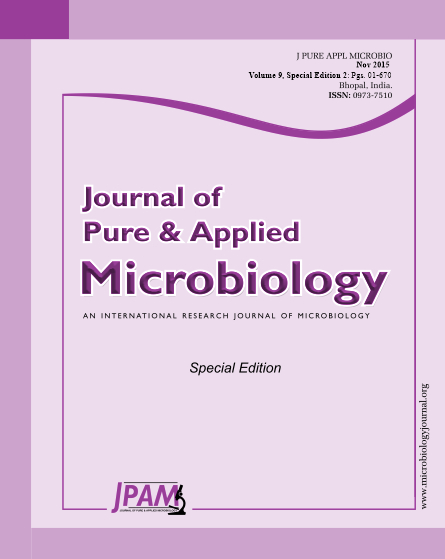Ecological risk assessment, using modeling Tier is systematic and appropriate process in determining the risk of a stimulant and its dangers that Its application, will be effective in predicting and assessing the risks of effluent discharge to surface water and river. In these studies, four scenarios based on river conditions and type of waste is raised. Finally, by calculating the probabilities of risk exposure and the severity of the effects of stimulus, pollutant deterioration coefficient in river water environment and risk factors for BOD and DO were estimated. The first and second scenarios in the screening assessment showed low risk while the third and fourth scenarios that are related to untreated wastewater need to better risk assessment in the basic assessment. BOD and DO parameters have less uncertainty than other factors. With increasing distance to the place of discharge, the rate of BOD in the river decreased and risk for the environment is decreased. On the contrary, DO, less linear relationship indicates and by increasing the distance to the site of discharge at first it declined and in lower limit remains constant and then it gives ascending trend.
Screening level, The basic level, BOD, DO, Risk management, Risk classification
© The Author(s) 2015. Open Access. This article is distributed under the terms of the Creative Commons Attribution 4.0 International License which permits unrestricted use, sharing, distribution, and reproduction in any medium, provided you give appropriate credit to the original author(s) and the source, provide a link to the Creative Commons license, and indicate if changes were made.


